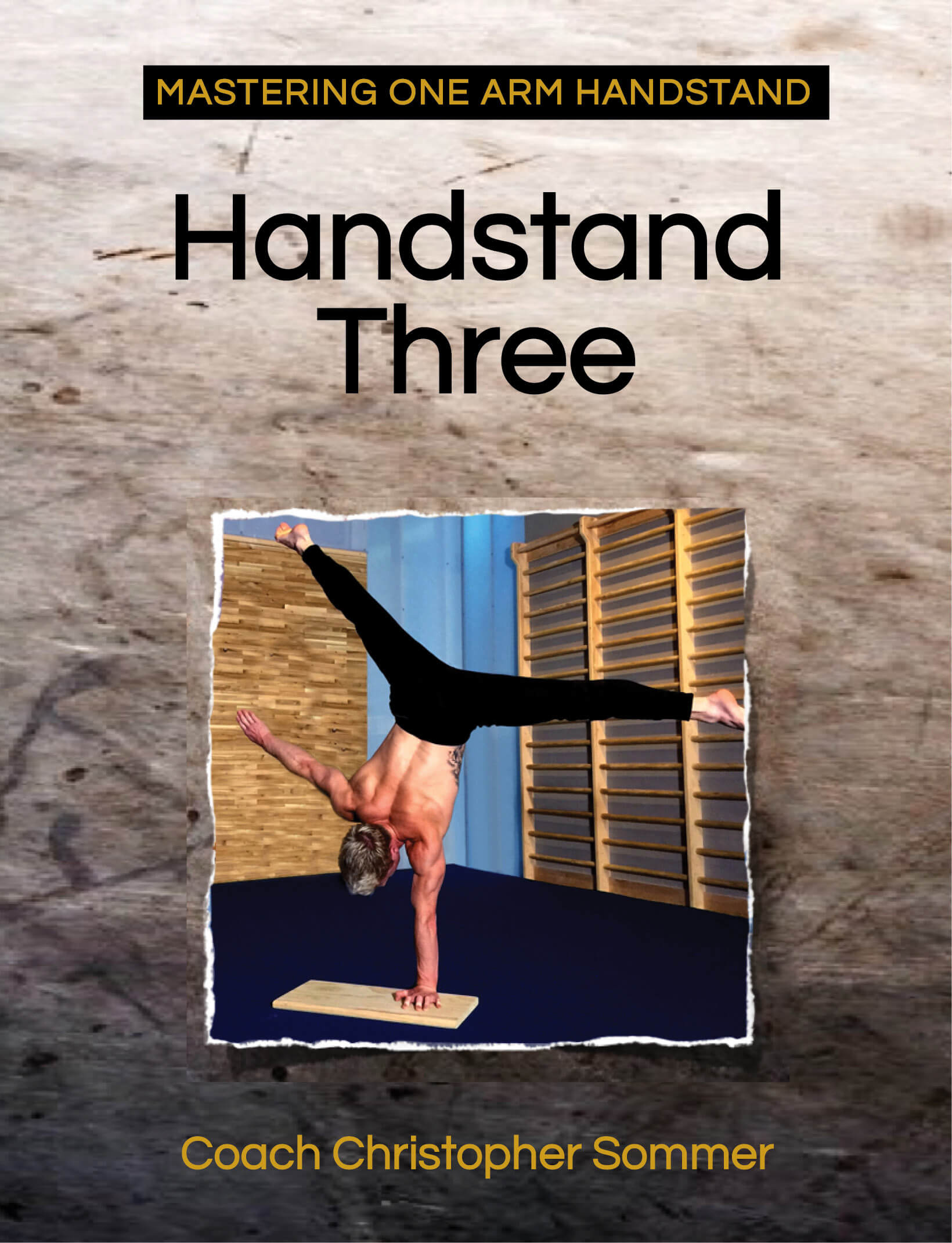The Handstand Chronicles Pdf Download
Comrades,I would appreciate any advice anyone could offer me in my current quest for handstand pushups. The last 1.5 weeks I've been working on holding a handstand - my current max without a wall is about 10 seconds (although 10 seconds when you're holding a handstand may only be able 5-7 in the real world).
I'm strong enough to do at least 5 nose to the ground reps if I have someone hold out their arm behind me to keep me from occassionally falling. Since this is the case, I figure balance is my main issue and I should work first on holding a normal handstand. Here are some points I've found useful or am experimenting with. I offer them partially as help to others but mostly to see if anyone would like to refute any of them and offer some different advise:Practice many times throughout the day, but stop as soon as you start getting sloppy.The better you get, the further you should be from the wall (within reason, of course, but you do want to increase your margin of allowable error as you get better at compensating).Just like you don't learn to stand before you can walk, you should practice moving your hands and switching your weight.Worst case, use your legs to help balance you, but only bend from the knees. Your legs are so high up a slight movement will change your center of gravity.

The second you move from the waist you're done.Flex your glutes and abs. I guess this applies to almost every exercise.Make sure you keep your spine perpendicular to the floor - use a friend or a mirror on the opposite side of the room to be sure.Look at the space between your hands, but look mostly with your eyes. Don't tilt your head back any further than you have to.Don't practice away from the wall unless you know how to fall. I don't know how to fall yet. I've definitely fucked myself up a few times by getting too ambitious.When kicking up, do it without a walking start. The less pre-movement the better.Don't always just practice holding against the wall and don't always just practice trying to hold a perfect handstand. If your balance is off in a particular practice sesson then just hold still against the wall.
There's no point in practicing fucking up.Don't practice after heavy shoulder work, at least until you get to know how much strength it takes to hold a long handstand. It doesn't take that much, but overestimate yourself and your wipe out will be ugly. Believe me.Let me know what you think -Jeff Filipovits.
Jeff,At your stage of handstand development, I think that you will find wall handstands to be your most valuable tool for learning a correct handstand. I would recommend that you stay with training on the wall for a good period of time. This will accomplish several things;1) It will make it easier to maintain a straight body line (no arch or pike in either the shoulders, back or hips).2) You can focus on learning balance and not on survival.3) Your strength will improve more quickly due to being able to stay in the handstand for an extended period of time.To transition from wall handstands to free standing handstands, try the following drill: Perform a wall handstand with stomach to the wall. Place your wrists approximately 4-6' from the edge of the wall. Keep one foot on the wall while pulling the other foot off the wall and extending that leg directly over your hips. At this time, your wrists, shoulders, hips and leg that is off the wall should be in one vertical line.
Once you feel that you have achieved a strong stable position, slowly pull your supporting foot off the wall. When you lose your balance, simply catch yourself by replacing the foot on the wall and then continue on with the drill.Once you have achieved a reasonable level of proficiency with wall handstands, the transition to free standing handstands will be much easier.For free standing handstands, there should be no movement in the legs, hips, back or elbows while in the handstand. Concentrate on keeping the body straight and 'tight'. The more parts of your body that are moving, the more difficult the balance will be. Focus on controlling the handstand with your shoulders and wrist/fingers.While in the handstand, you should picture your hand as having three sections: the fingers, the palm and the heel of the hand.
The Handstand Chronicles Pdf Download Torrent
When on balance, you should feel your weight comforably placed in the center of your palm with your shoulders directly over your hands. If you are falling over backwards, keep your body tight and attempt to pull your feet back up by pressing your fingers strongly into the floor and pulling your shoulders back over your hands. If you are falling forward, press strongly into the floor with the heel of your hands and attempt to partially planche press back to the handstand position.In reality, the handstand is not a non-moving position, but a series of rapid minute corrections between the three positions (over, under and vertical) to maintain the balance.

All movements should be small and controlled. Try to avoid making rapid or large corrections.There is no reason to crash while training a handstand. If you find yourself falling over, simply bend your arms, duck your head and do a forward roll. Be sure to train in an area that is suitable and has enough room to manuever in case of mishaps.Have fun while knowing that the health and strength benefits from handstand training are enormous.
The Handstand Chronicles Pdf Download Full
Robb Wolf from Crossfit credits his handstand work with increasing his power clean from 260 to 290lbs.Food for thought.Yours in Fitness,Coach SommerOlympicBodies@aol.com.